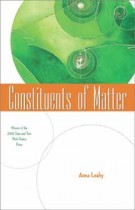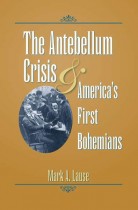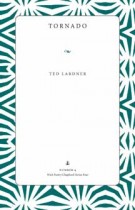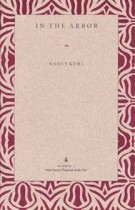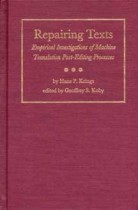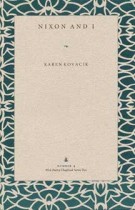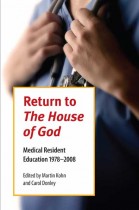Village Landmark Churches of Northeast Ohio
Larry Ledebur and Susan Whitelaw | Filed under: Art, Sacred LandmarksVillage landmark churches are a unique legacy of the settlement of Ohio’s Western Reserve. The forty 19th century churches in Village Landmark Churches—still found today, although some now serve as solitary sentinels in disappearing villages and communities—were selected because they have significance in one or more of the following dimensions: architecture, history, or their dominant position in their setting.

